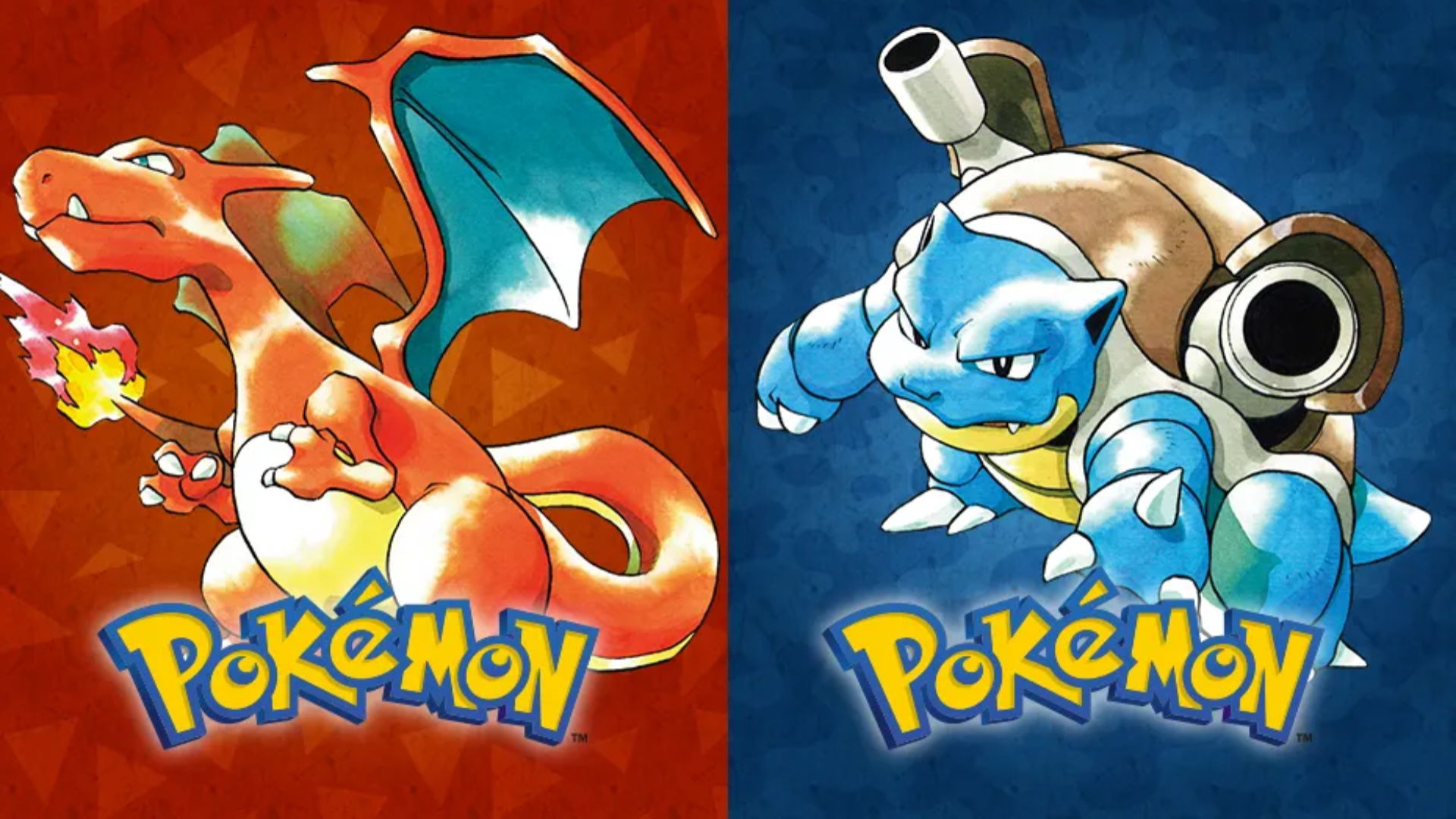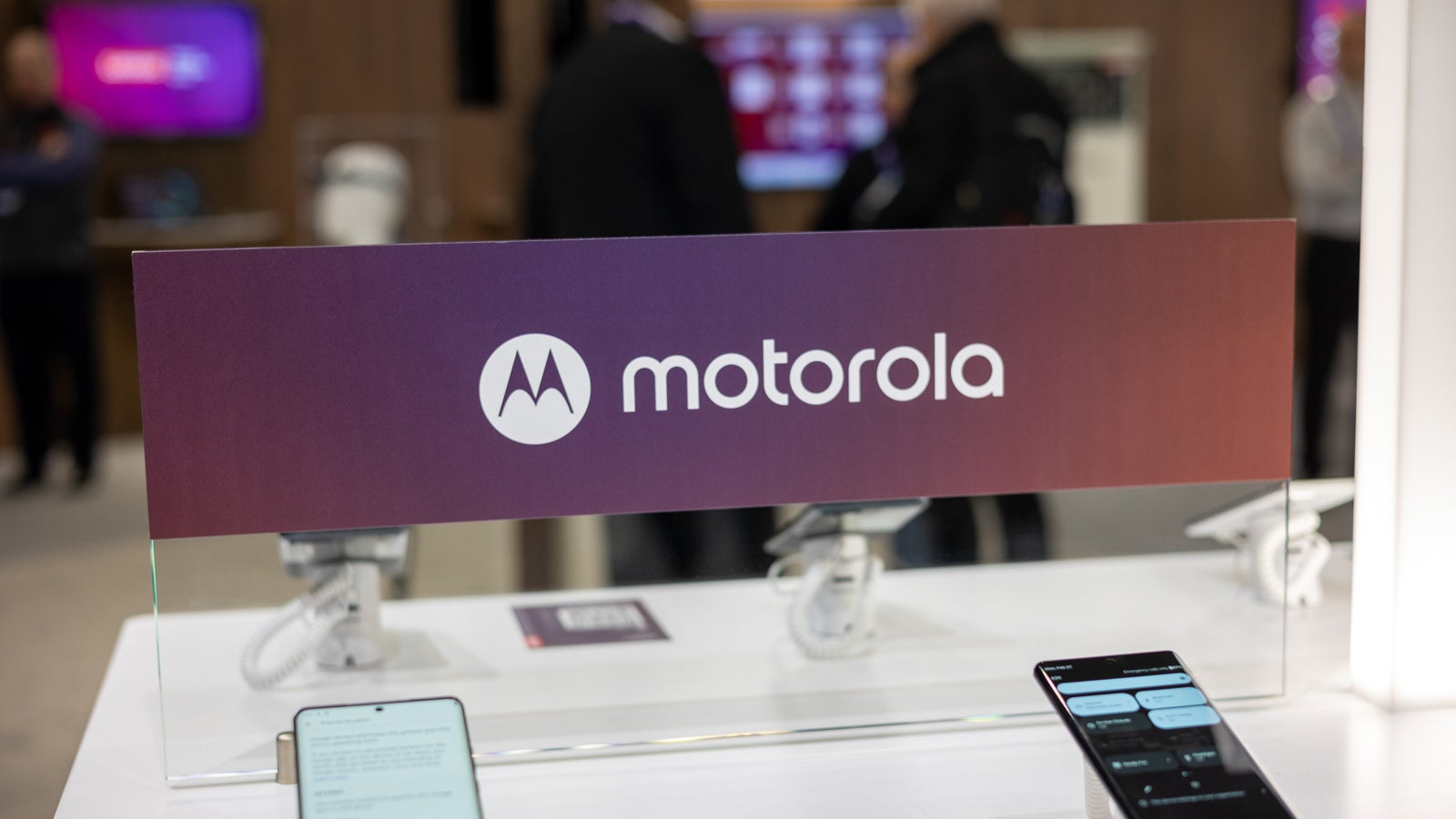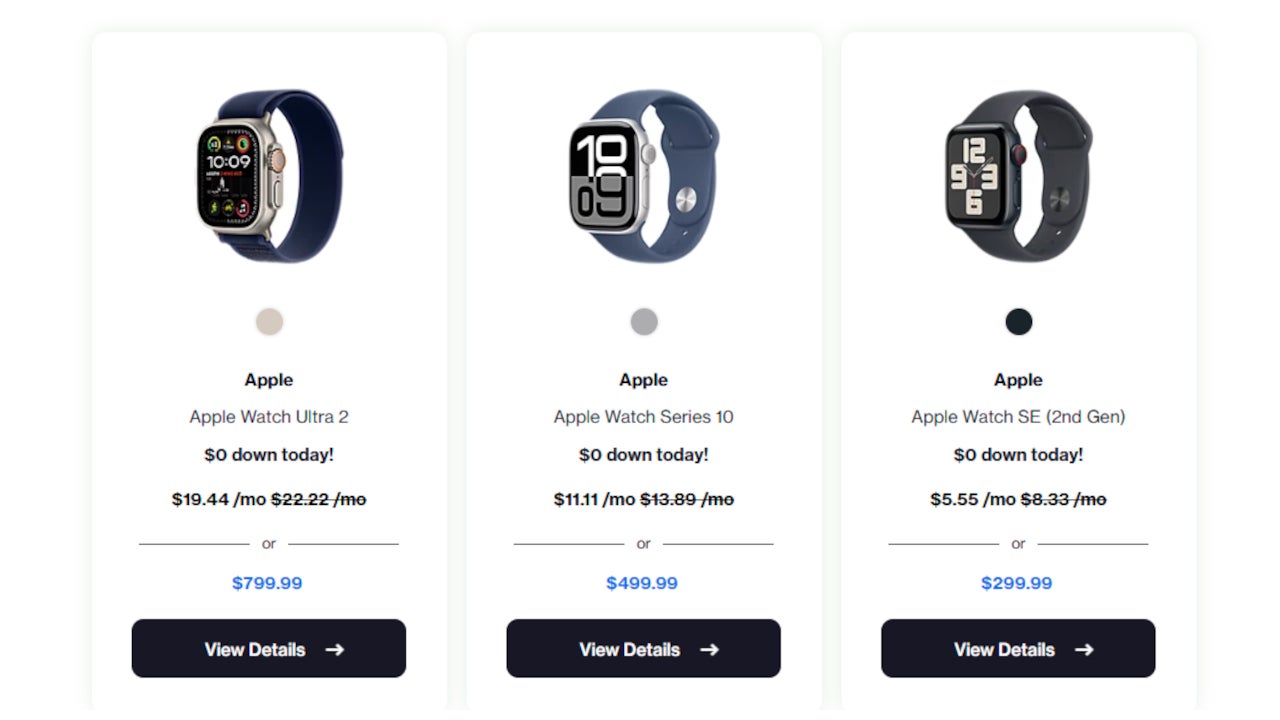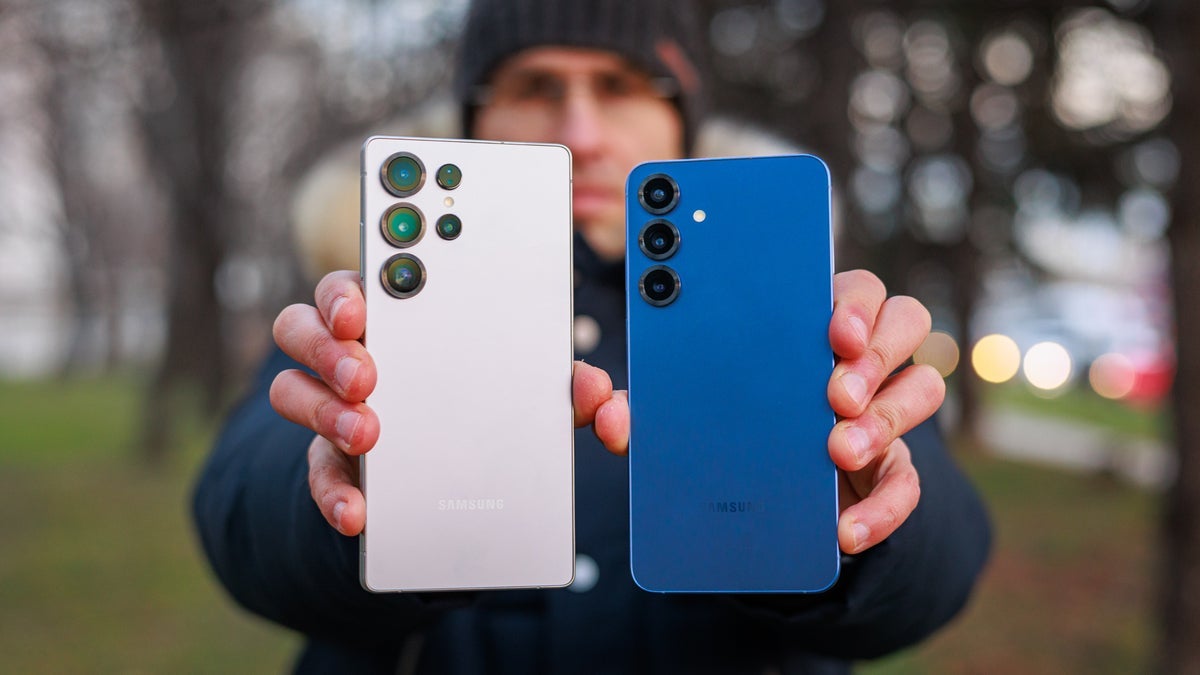Oops! Google Just Leaked Its Biggest Design Overhaul Yet
The post Oops! Google Just Leaked Its Biggest Design Overhaul Yet appeared first on Android Headlines.


Google is slated to announce Material 3 Expressive later this month at Google I/O, but Google might have let the cat out of the bag a bit too early. Apparently, Google published a blog post and quickly removed it detailing Material 3 Expressive.
We’ve been seeing hints of Material 3 Expressive already, and have seen what it might look like on Android. But now, we’re able to see what Google’s plan was with this design change. Google is calling it a “bold new direction for design”. It is also the “most-researched update to Google’s design system, ever.” Google is looking to move beyond the ‘clean’ and ‘boring’ designs to create interfaces that “connect with people on an emotional level”.
Google continues in the blog post by saying that the Material Design team started asking in 2022: “Why were all these apps looking so similar? So boring? Wasn’t there room to dial up the feeling?” Over the past three years, Google has “explored the implications of this conversation, iterating through dozens of rounds of design and research to find the next evolution of Material Design.”

Material 3 Expressive inspires “Emotion, Communicates Function, and helps users achieve their goals”
Google has a link to the Material 3 Expressive guidelines, but of course, they are not available yet, since this blog post was published accidentally. However, much like the blog post, the Material 3 Expressive site was also captured by the Wayback Machine.
Google says that the fundamental parts of expressive design are “the use of color, shape, size, motion, and containment.” All of these design aspects are also fundamental to what makes a product more usable.




What research taught Google for Material 3 Expressive
The design team at Google created some initial concepts and explored how a more expressive design ethos worked across its products. And it worked on a series of research studies using a variety of methods:
- Eye tracking: Analyzing where users focused their attention
- Surveys and focus groups: Gauging emotional responses to different designs
- Experiments: Gathering sentiment and preferences
- Usability: Seeing how quickly participants could understand and use an interface
Google also figured out that people prefer to feel something. They have also found that well-applied expressive design is strongly preferred by people of all ages over non-expressive design that followed the iOS Human Interface Guidelines. This showed that this preference was particularly strong among 18-24 year olds, at 87%.
The search giant also found out that expressive designs are easier to use. The strategic use of color, size, shape and containment follows from long-standing design principles and best practices. This is because it “draws attention to key elements and important user actions, leading to significant gains in performance”.
We expect to learn more about Material 3 Expressive at Google I/O later this month.
The post Oops! Google Just Leaked Its Biggest Design Overhaul Yet appeared first on Android Headlines.






































































































































































![[The AI Show Episode 145]: OpenAI Releases o3 and o4-mini, AI Is Causing “Quiet Layoffs,” Executive Order on Youth AI Education & GPT-4o’s Controversial Update](https://www.marketingaiinstitute.com/hubfs/ep%20145%20cover.png)













































































































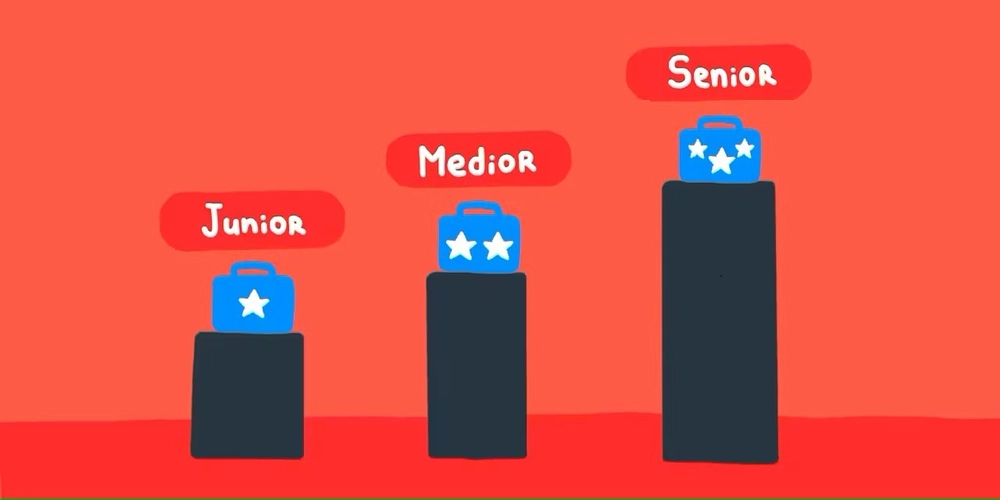

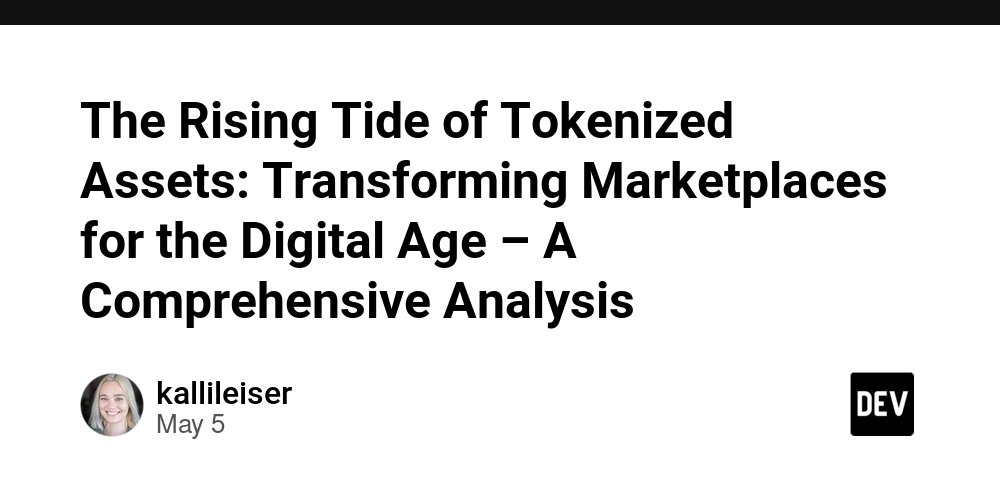





























































































































































_Inge_Johnsson-Alamy.jpg?width=1280&auto=webp&quality=80&disable=upscale#)







































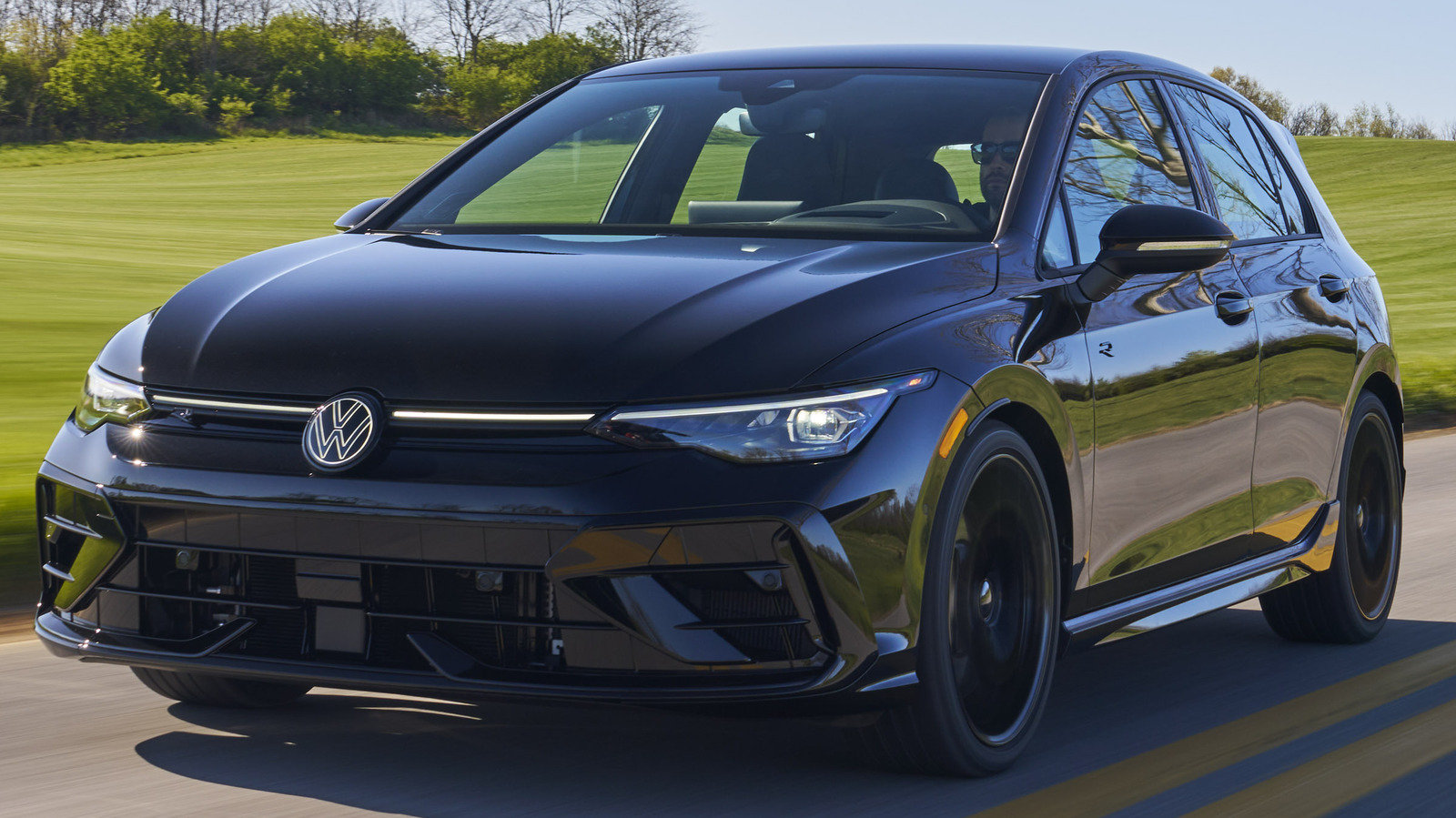
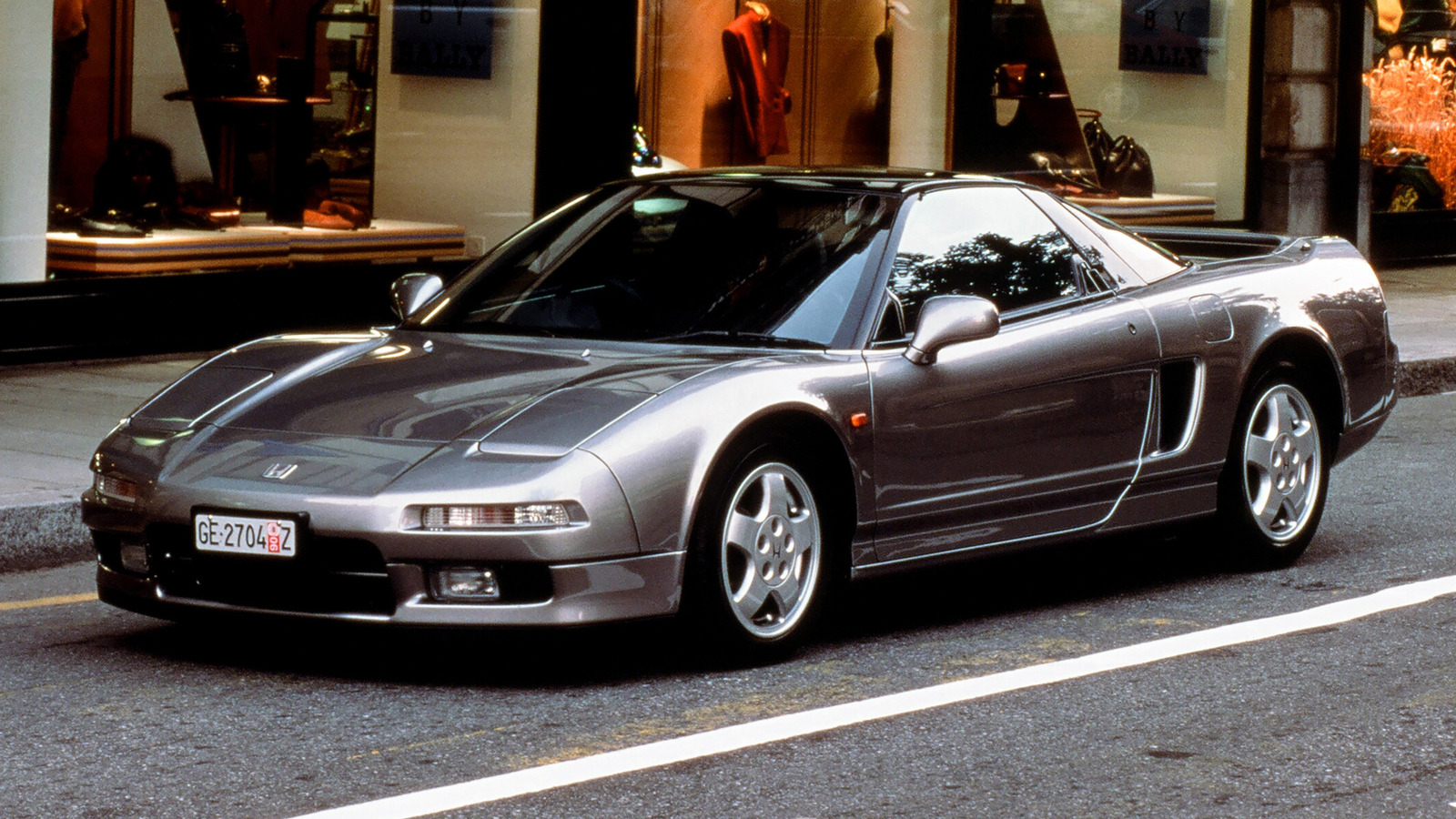
































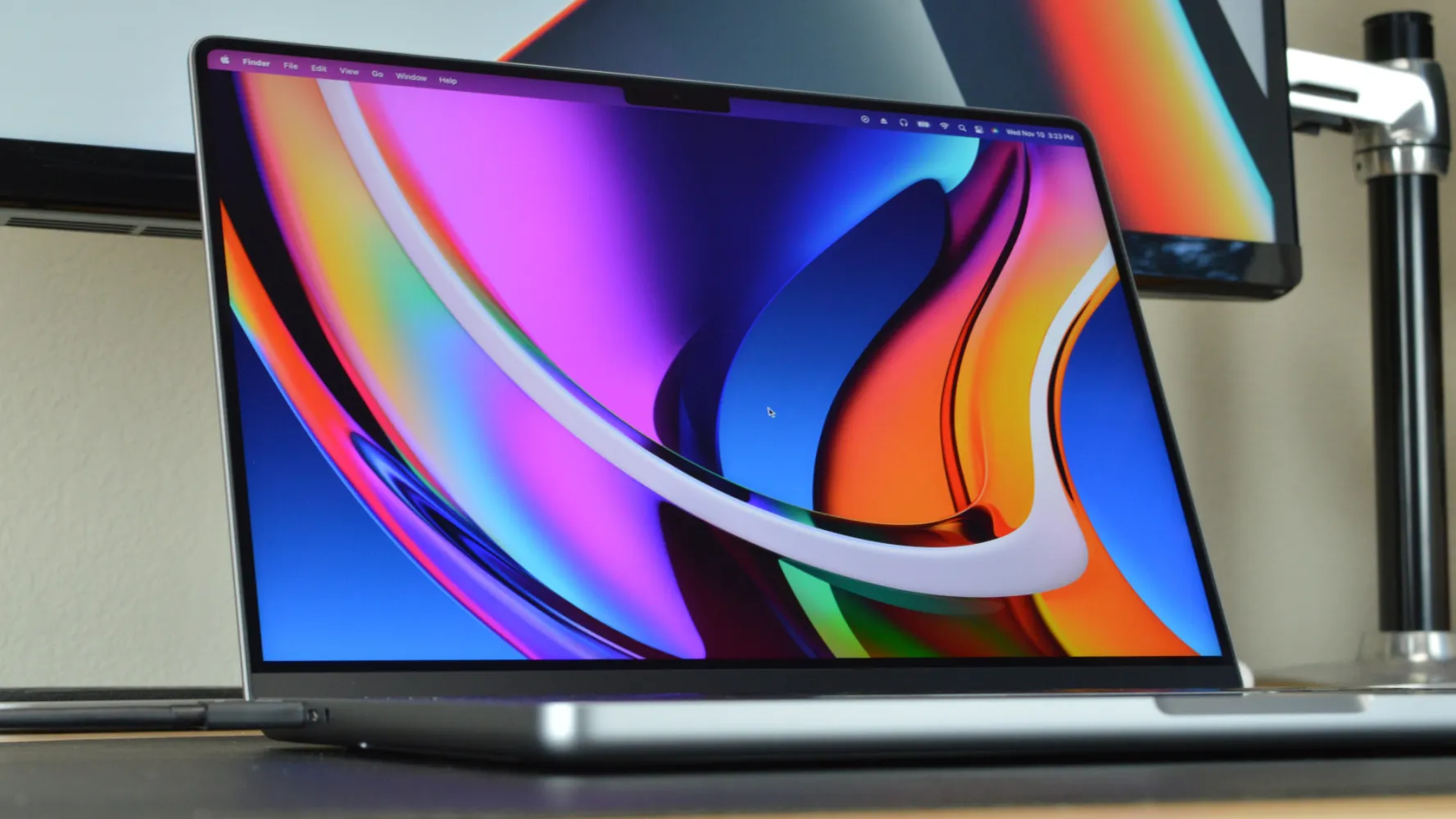



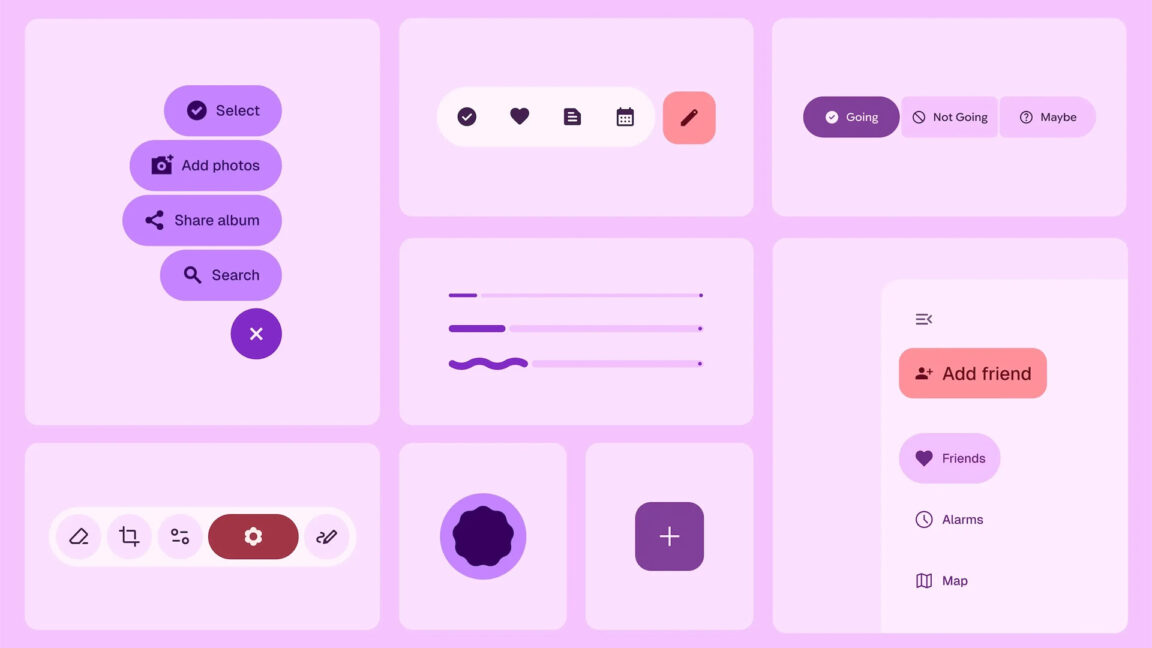








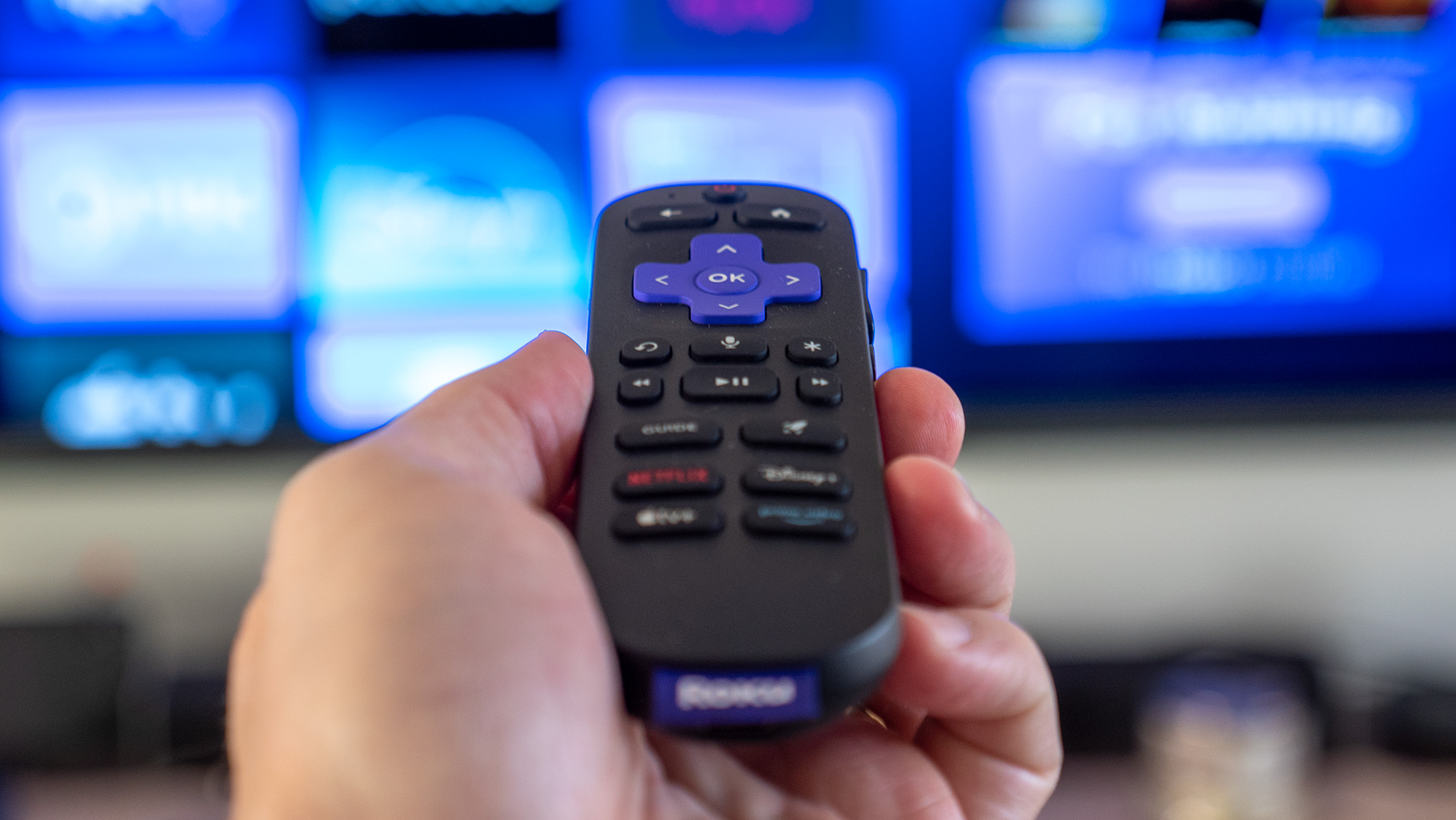


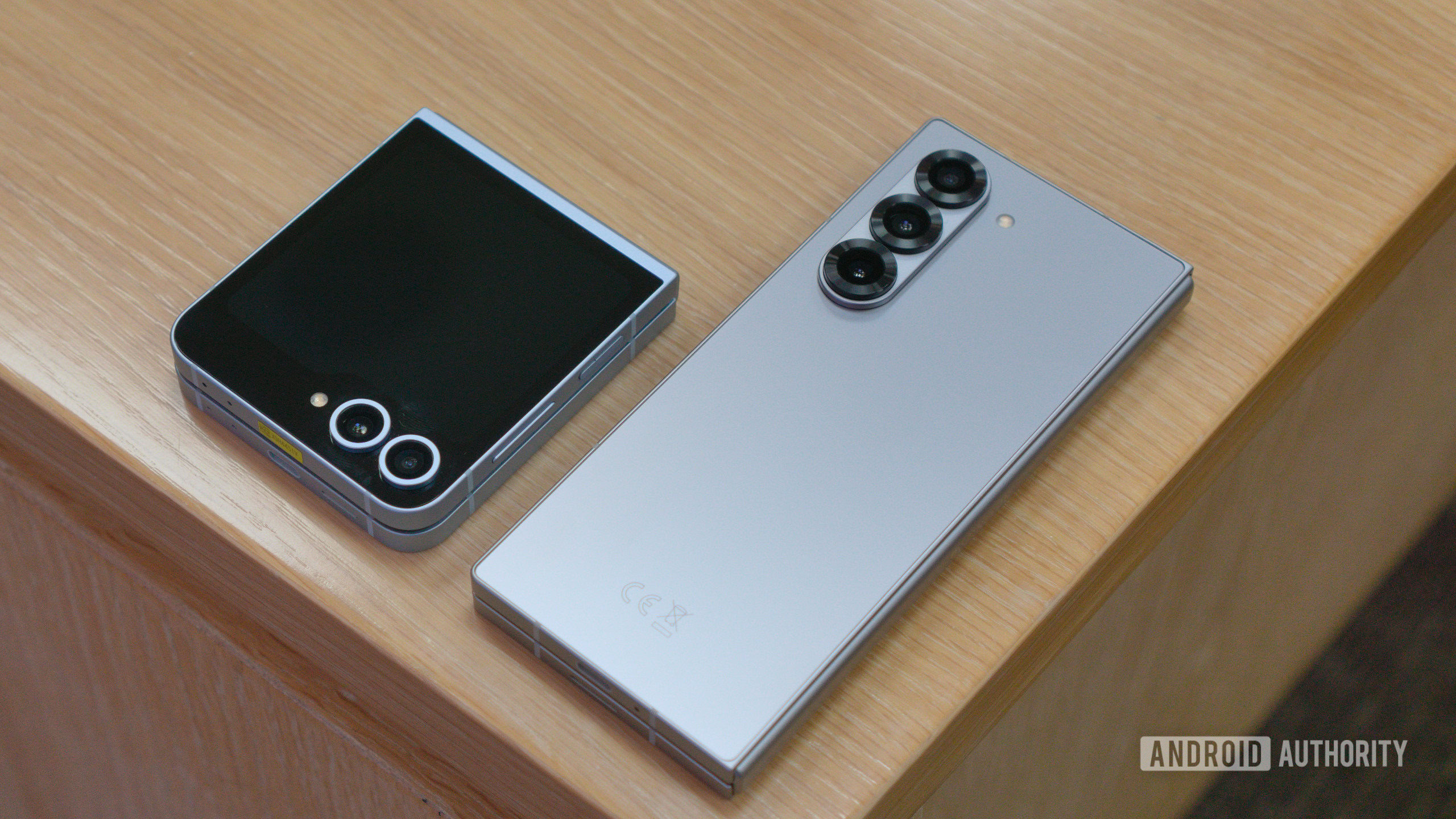




















![Apple Shares Official Teaser for 'Highest 2 Lowest' Starring Denzel Washington [Video]](https://www.iclarified.com/images/news/97221/97221/97221-640.jpg)

![Under-Display Face ID Coming to iPhone 18 Pro and Pro Max [Rumor]](https://www.iclarified.com/images/news/97215/97215/97215-640.jpg)
![New Powerbeats Pro 2 Wireless Earbuds On Sale for $199.95 [Lowest Price Ever]](https://www.iclarified.com/images/news/97217/97217/97217-640.jpg)

















